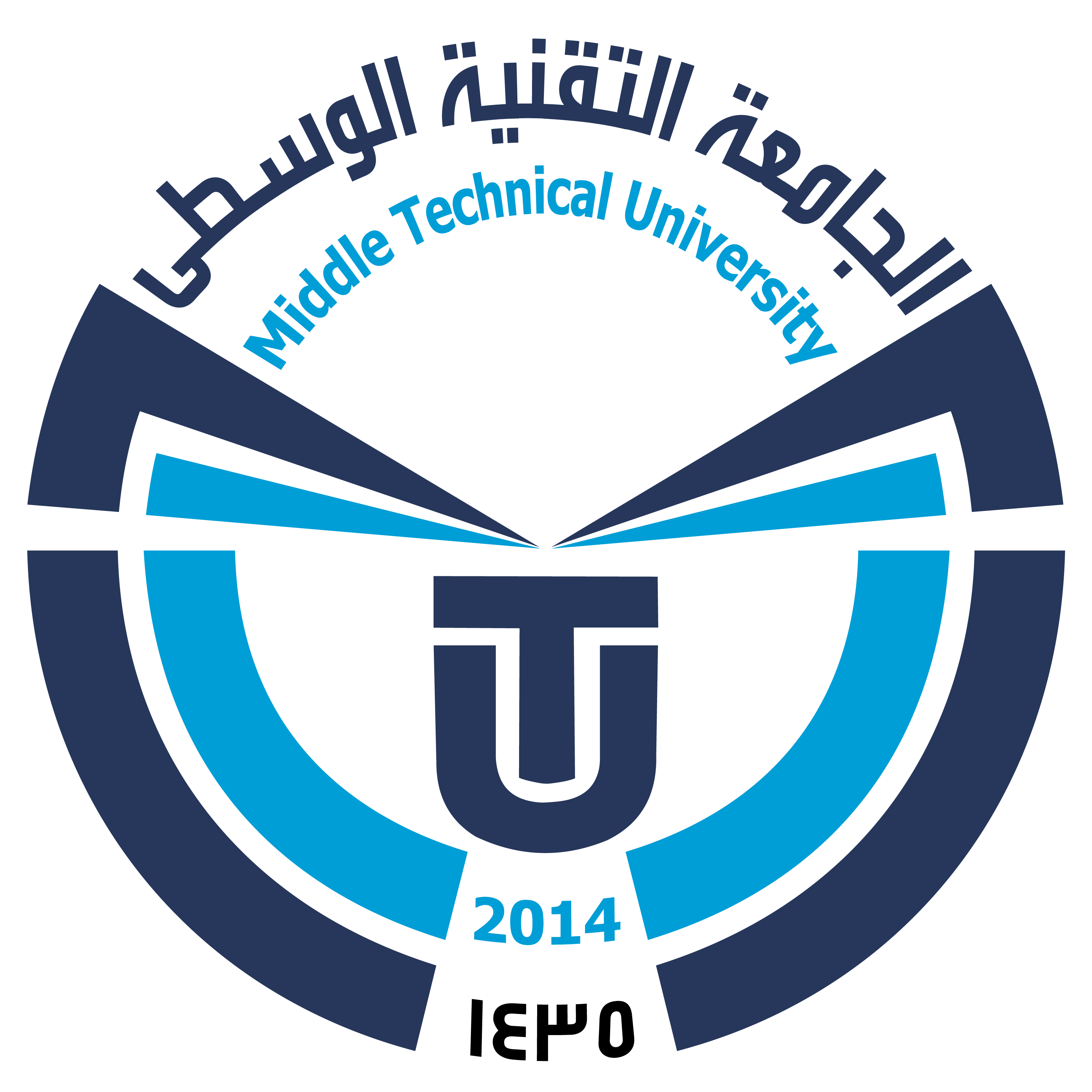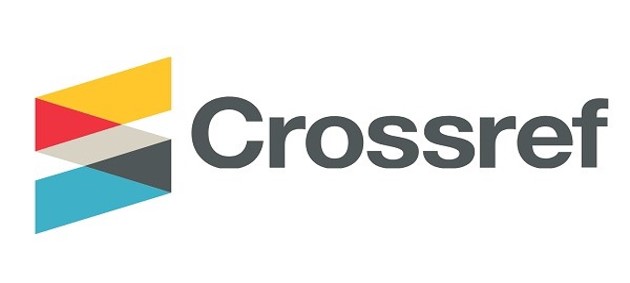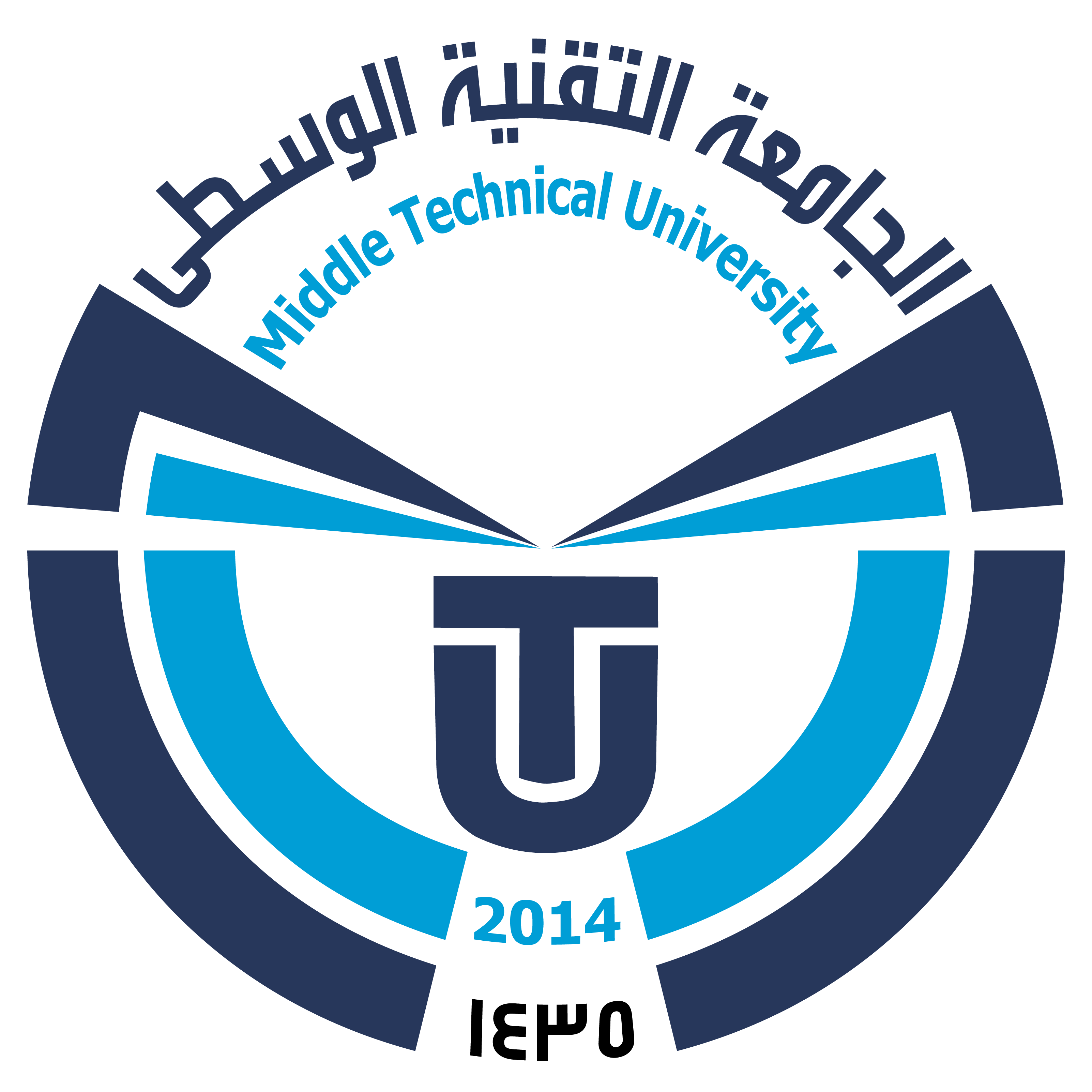A Low-Resource Hearing Testing Device: An Arduino-Based Audiometer
DOI:
https://doi.org/10.51173/jt.v7i1.1741Keywords:
Arduino, Portable Audiometer, Hearing Testing, Healthcare Technology, Electronic Medical DevicesAbstract
This paper describes the development and testing of an Arduino-based audiometer for measuring ten levels of sound generated by a speaker. The device uses an Arduino UNO platform and includes an OLED display, a MAX7219 matrix LED, and a push-button for the person being tested to indicate when they hear a sound level. The results showed that the device could accurately measure sound levels and provide a reliable measure of hearing sensitivity. Arduino-based audiometers have several advantages over traditional audiometers, including low cost, portability, and customizability. However, the accuracy of these devices compared to traditional audiometers is still an area of concern, and further research is needed to validate their use in clinical settings. This paper contributes to the growing body of literature on the development and validation of Arduino-based audiometers and demonstrates the potential of these devices to provide an affordable and accessible way to diagnose hearing loss.
Downloads
References
World Health Organization. Global patient safety action plan 2021-2030: towards eliminating avoidable harm in health care. World Health Organization, 2021.
Jamieson, Peter. "Arduino for teaching embedded systems. are computer scientists and engineering educators missing the boat?." Proceedings of the international conference on frontiers in education: computer science and computer engineering (FECS). The Steering Committee of the World Congress in Computer Science, Computer Engineering and Applied Computing (WorldComp), 2011.
K. Badr Yass and A. Rashid, “Flyback Converter Controller by Arduino Uno,” Int. J. Electr. Power Eng., vol. 13, no. 6, pp. 88–92, 2020, doi: 10.36478/ijepe.2019.88.92.
W. Gay, “OLED,” in Beginning STM32, Berkeley, CA: Apress, 2018, pp. 223–240. doi: 10.1007/978-1-4842-3624-6_12.
W. Gay, “Class Matrix,” in Exploring the Raspberry Pi 2 with C++, Berkeley, CA: Apress, 2015, pp. 173–177. doi: 10.1007/978-1-4842-1739-9_17.
W. Gay, “The Matrix (CPU Utilization),” in Exploring the Raspberry Pi 2 with C++, Berkeley, CA: Apress, 2015, pp. 19–29. doi: 10.1007/978-1-4842-1739-9_3.
E. A. STRICKLAND, “An Introduction to the Psychology of Hearing (6th edition),” J. Acoust. Soc. Am., vol. 136, no. 5, pp. 2898–2899, Nov. 2014, doi: 10.1121/1.4898050.
J. V. D. Schuitman and S. Intelligence, Auditory Modelling for Assessing Room Acoustics, no. November 2011. 2014.
J. Y. Choi, S. Lee, and W. Lee, “The Impact of Hearing Loss on Clinical Dementia and Preclinical Cognitive Impairment in Later Life,” J. Alzheimer’s Dis., vol. 81, no. 3, pp. 963–972, 2021, doi: 10.3233/JAD-210074.
A. E. Henderson and M. A. Testa, “Prevalence of Noise-Induced Hearing-Threshold Shifts and Hearing Loss Among US Youths,” vol. 127, no. 1, 2015, doi: 10.1542/peds.2010-0926.
M. Corry, M. Sanders, and G. D. Searchfield, “The accuracy and reliability of an app-based audiometer using consumer headphones: pure tone audiometry in a normal hearing group,” Int. J. Audiol., vol. 56, no. 9, pp. 706–710, Sep. 2017, doi: 10.1080/14992027.2017.1321791.
D. Tunkel, Y. Alade, R. Kerbavaz, B. Smith, D. Rose-Hardison, and J. Hoover-Fong, “Hearing loss in skeletal dysplasia patients,” Am. J. Med. Genet. Part A, vol. 158A, no. 7, pp. 1551–1555, Jul. 2012, doi: 10.1002/ajmg.a.35373.
M. P. Gorga, K. Preissler, J. Simmons, L. Walker, and B. Hoover, “Some Issues Relevant to Establishing a Universal Newborn Hearing Screening Program,” J. Am. Acad. Audiol., vol. 12, no. 02, pp. 101–112, Feb. 2001, doi: 10.1055/s-0042-1745585.
N. H. Wijaya, M. Ibrahim, N. Shahu, and M. U. Sattar, “Arduino-based Digital Advanced Audiometer,” vol. 2, no. 2, pp. 83–87, 2021, doi: 10.18196/jrc.2257.
R. Rani and H. T. Patil, “Portable audiometer for detecting hearing disorder at an early stage for cancer patient,” in 2016 International Conference on Automatic Control and Dynamic Optimization Techniques (ICACDOT), Sep. 2016, pp. 119–123. doi: 10.1109/ICACDOT.2016.7877563.
O. Access, “Study and Implementation of Neonatal Hearing Screening Device,”, International Journal of Computer Science Trends and Technology, vol. 6, no. 5, pp. 109–114, 2018.
A. Rahmawati, I. D. G. Hari Wisana, E. D. Setioningsih, S. Luthfiyah, and B. Utomo, “Improving the Effectiveness of Automatic Pure Tone Audiometer with Audiogram and Patient Diagnosis,” Indones. J. Electron. Electromed. Eng. Med. informatics, vol. 2, no. 3, pp. 113–121, 2020, doi: 10.35882/ijeeemi.v2i3.2.
V. M. Raja Sankari, U. Snekhalatha, and T. Rajalakshmi, “Design and implementation of a portable automated audiometer for hearing classification using machine learning approaches,” Biomed. Eng. Appl. Basis Commun., vol. 34, no. 05, Oct. 2022, doi: 10.4015/S1016237222500351.
C. Drugă, I. Şerban, A. Serbănescu, and D. Cotoros, “Designing and Creating a Smart Audiometer Using an Arduino Platform,” Springer Proc. Phys., vol. 251, pp. 277–287, 2021, doi: 10.1007/978-3-030-54136-1_27.
Y. A. Badamasi, “The working principle of an Arduino,” Proc. 11th Int. Conf. Electron. Comput. Comput. ICECCO 2014, 2014, doi: 10.1109/ICECCO.2014.6997578.
R. Jayaysingh, J. David, M. Joel Morris Raaj, D. Daniel, and D. Blessytelagathoti, “IoT Based Patient Monitoring System Using NodeMCU,” ICDCS 2020 - 2020 5th Int. Conf. Devices, Circuits Syst., no. May, pp. 240–243, 2020, doi: 10.1109/ICDCS48716.2020.243588.
J. Pathak and U. Sri Karthikeya, “Solar Panel Based Bluetooth Controlled Led Matrix Message Display,” Int. J. Adv. Eng. Manag., vol. 4, no. 7, pp. 448–452, 2022, doi: 10.35629/5252-0407448452.

Downloads
Published
How to Cite
Issue
Section
License
Copyright (c) 2025 Ammar A. Majeed, Ismail Hburi, Raad Farhood Chisab, Douaa Ali Saed

This work is licensed under a Creative Commons Attribution 4.0 International License.
















